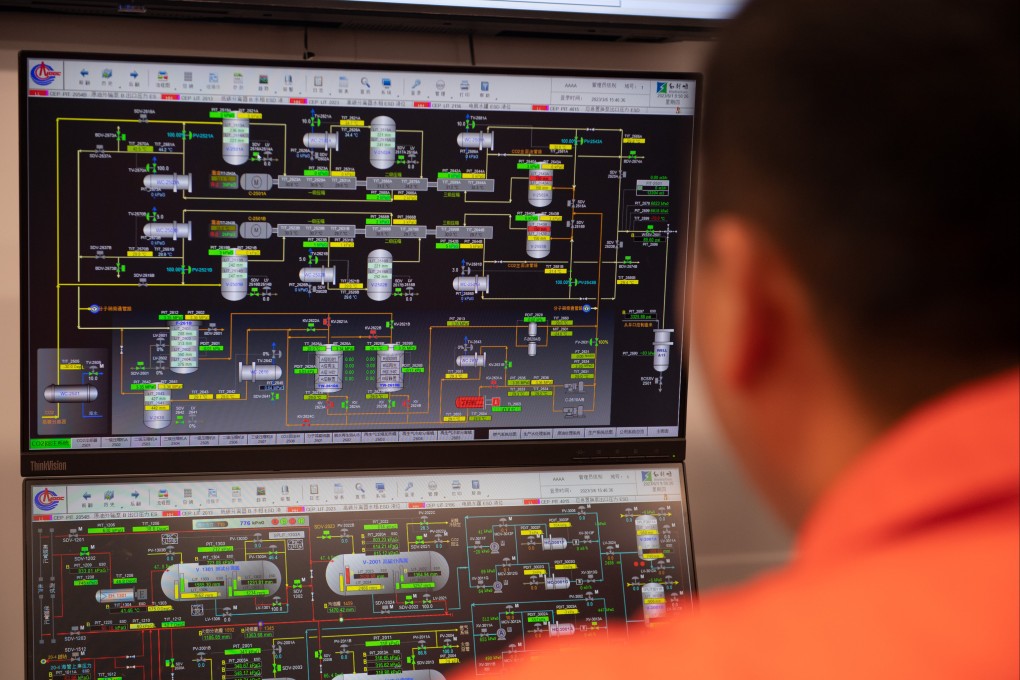CNOOC commissions China’s first offshore CCS project, filling a gap and helping the country with its emission goals
- The CCS project is part of the Enping 15-1 oilfield, Asia’s largest offshore oil production platform located in the Pearl River Mouth Basin
- The operation of the project will support CNOOC’s efforts to increase reserves and help it to pursue green and low-carbon development

China National Offshore Oil Corporation (CNOOC) has commissioned what it called the country’s first offshore carbon capture and storage (CCS) demonstration project, “filling the gap” in China’s offshore carbon storage technology, the company said on Thursday.
The CCS project is part of the Enping 15-1 oilfield, Asia’s largest offshore oil production platform located in the Pearl River Mouth Basin, about 190 kilometres southwest of Hong Kong. It achieves zero carbon emissions by capturing and processing the large volume of carbon dioxide produced from the oilfield and injecting the greenhouse gas into an inverted dome-shaped saline water layer at a depth of around 800 metres under the seabed for long-term storage, according to CNOOC.
The project can store about 300,000 tonnes of carbon dioxide per year and more than 1.5 million tonnes in total, which is equivalent to planting nearly 14 million trees, according to CNOOC, China’s largest offshore oil and gas producer.
The operation of the project will support CNOOC’s efforts to increase reserves and help it to pursue green and low-carbon development, and “fills the gap in China’s offshore carbon storage technology”, according to the company in a statement on Thursday.
“The successful commissioning of the project demonstrates that CNOOC Limited has a complete set of technology and systems for the capturing, processing, injection, sequestration and monitoring of carbon dioxide at offshore oil and gas fields,” the company said.